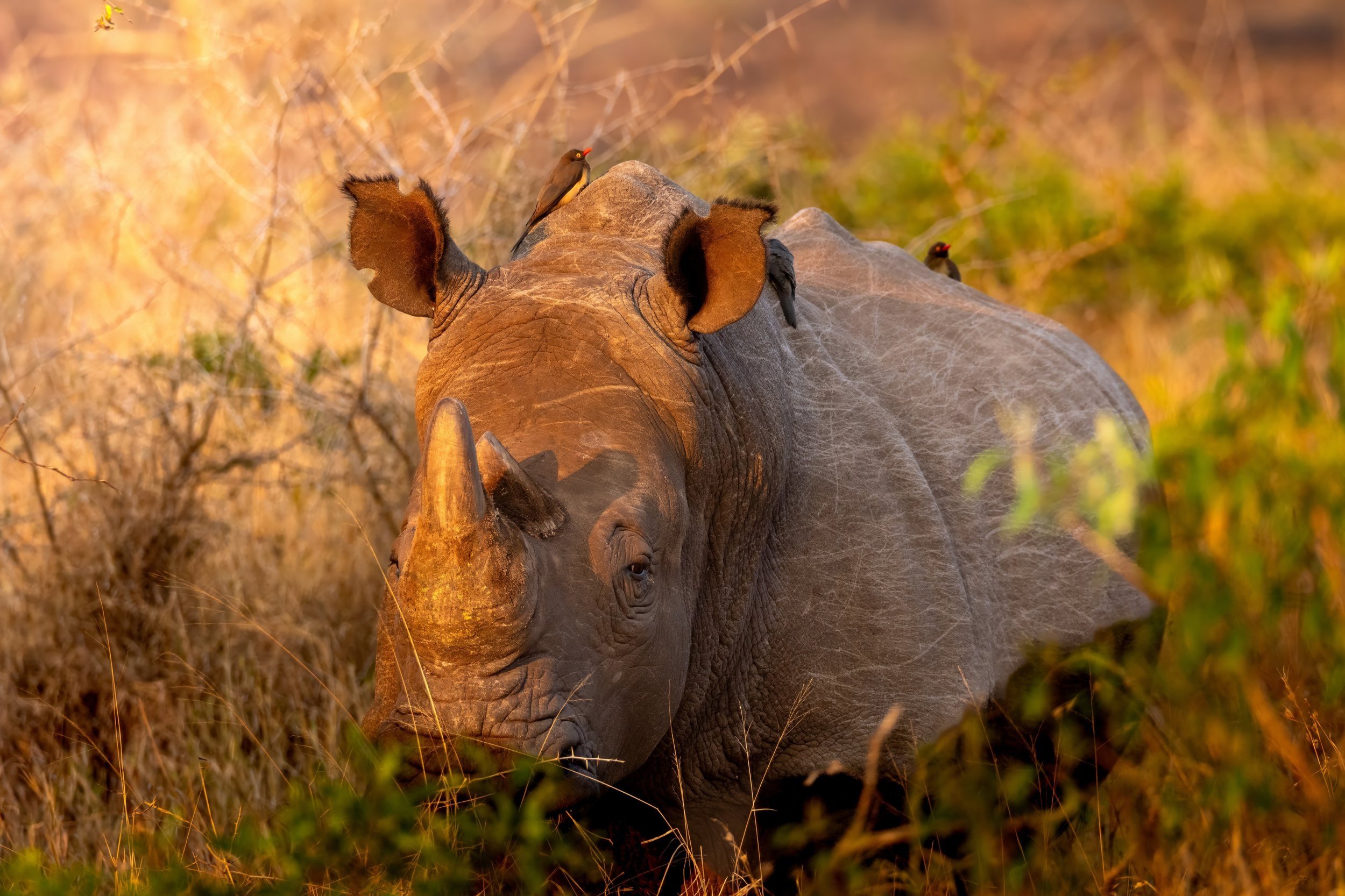Why We Dehorn Rhinos: A Necessary Strategy in the Fight Against Poaching
Rhino dehorning is a conservation measure that may seem drastic, but it’s a technique born out of necessity in response to the relentless threat of poaching. Rhino horns are highly valued on the black market, fetching prices that make poaching one of the greatest threats to rhino populations worldwide. In response, dehorning has emerged as a controversial but effective measure in efforts to deter poachers and protect these majestic animals from extinction.
The Tragic Impact of Poaching on Rhinos
For decades, poaching has devastated rhino populations across Africa and Asia. Driven by the demand for rhino horn, used in traditional medicines and as a status symbol in some cultures, poachers target rhinos for their horns, which can be worth more than gold on the black market. Between 2007 and 2014, poaching escalated drastically, pushing species like the black rhino to the brink of extinction. Rhino numbers plummeted as a result, with conservationists scrambling to find ways to protect them.
The consequences of poaching aren’t just limited to individual rhinos. Entire populations suffer as poaching disrupts breeding, social structures, and reduces genetic diversity, weakening the species’ resilience. In regions heavily impacted by poaching, conservationists needed a strategy that could reduce the rhino’s appeal to poachers and ultimately give populations a fighting chance to recover.
The Dehorning Solution: Why and How It Works
Dehorning rhinos involves removing the horn in a safe, humane manner, similar to how veterinarians would clip nails or horns on other animals. The process is done under sedation to ensure that the animal feels no pain, and only about 90% of the horn is removed, leaving a small stump to prevent injury to the rhino and allow for regrowth.
Dehorning works by making rhinos less attractive to poachers. A rhino without a horn has significantly less market value to poachers, who may skip dehorned rhinos in favor of those with intact horns. Studies and anecdotal evidence suggest that in areas where dehorning is practiced, poaching rates have decreased, as the financial incentive is effectively removed or diminished. This approach, combined with other anti-poaching measures such as increased surveillance, patrols, and community engagement, has provided rhinos with a better chance of survival in high-risk areas.
Behavioral Changes in Dehorned Rhinos
One of the initial concerns about dehorning was how it would affect rhino behavior, as the horn is a natural part of the animal used for digging, foraging, self-defense, and social interactions. Observations indicate that rhinos generally adapt well to life without a horn. They continue to forage, mate, and defend their territory as usual. While the horn plays a role in their social interactions, especially among males, rhinos have shown resilience, adapting to changes without significant behavioral disruptions.
For instance, research and field observations reveal that dehorned rhinos still engage in sparring behaviors, although these interactions may be less intense. Female rhinos continue to protect their young, relying on their size and strength as primary defense mechanisms. Overall, rhinos’ behavior remains largely unchanged, and they continue to thrive in their natural habitats, proving that dehorning does not compromise their ability to survive and adapt.
Looking Ahead: The Role of Dehorning in Rhino Conservation
While dehorning is not a perfect or permanent solution, it is an important part of a larger conservation strategy to protect rhinos. It buys time, allowing populations to stabilize and grow while also providing a valuable deterrent against poaching. Combined with habitat protection, anti-poaching patrols, and efforts to reduce the demand for rhino horn, dehorning offers a layer of protection that can make a significant difference.
However, conservationists emphasize that dehorning is only a temporary measure. Rhino horns do regrow, so regular dehorning is required for continuous protection. Long-term solutions lie in reducing the demand for rhino horn through education, awareness campaigns, and policy changes that target the illegal wildlife trade.
Conclusion
Dehorning is a testament to the lengths conservationists will go to protect wildlife. It is a proactive, adaptable strategy aimed at giving rhinos a fighting chance against the devastating effects of poaching. By removing the very feature that makes them a target, conservationists hope to tip the scales in favor of survival. The future of rhinos depends on innovative approaches like dehorning, combined with community engagement, global awareness, and steadfast protection efforts. In the end, it’s a reminder of our responsibility to find solutions—even unconventional ones—that safeguard wildlife for generations to come.


